Circuit Description
The crankshaft position and camshaft position sensors are Hall effect type sensors. The engine control module (ECM) provides a 5 volt supply to the position sensor and a return circuit. As the teeth on the crankshaft speed ring or the dimples in the back of the camshaft gear move past the position sensor, a signal is generated on the position sensor signal circuit. The ECM interprets this signal and converts it to an engine speed. A missing tooth on the crankshaft gear is used by the ECM to determine the position of the engine.
Component Location
The crankshaft position and camshaft position sensor location varies, depending on engine model.
Conditions for Running the Diagnostics
This diagnostic runs continuously when the engine is running and during cranking.
Conditions for Setting the Fault Codes
The Engine Control Module (ECM) detected a loss of both engine speed/position signals.
Action Taken When the Fault Code is Active
For On-Board Diagnostics (OBD) engines, the ECM illuminates the Malfunction Indicator Lamp (MIL) immediately when the diagnostic runs and fails.
The engine may not start.
Conditions for Clearing the Fault Code
To validate the repair, perform a key cycle, start the engine and let it idle for 1 minute.
The fault code status displayed by INSITE™ electronic service tool will change to INACTIVE immediately after the diagnostic runs and passes.
For On-Board Diagnostics (OBD) engines, the ECM will extinguish the Malfunction Indicator Lamp (MIL) after three consecutive trips where the diagnostic runs and passes.
The Reset All Faults command in INSITE™ electronic service tool can be used to clear active and inactive faults, as well as extinguish the MIL for OBD applications.
Shop Talk
This fault code indicates the crankshaft position sensor and the camshaft position sensor have lost synchronization or the wiring harness connectors are reversed.
Possible Cause:
1) Battery failure
2) ECM calibration


 AGCO
AGCO ALLISON
ALLISON BENDIX
BENDIX BOBCAT
BOBCAT CAT
CAT CLAAS
CLAAS CNH
CNH DAF
DAF DETROIT
DETROIT EATON
EATON FREIGHTLINER
FREIGHTLINER HINO
HINO HITACHI
HITACHI ISUZU
ISUZU JCB
JCB JOHN DEERE
JOHN DEERE JPRO
JPRO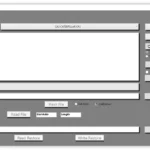 MAGIC TUNER
MAGIC TUNER MAN
MAN Navistar
Navistar PACCAR
PACCAR PERKINS
PERKINS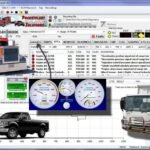 PF DIAGNOSE
PF DIAGNOSE PSI POWERLINK
PSI POWERLINK RENAULT
RENAULT SCANIA
SCANIA THERMO KING
THERMO KING UD NISSAN
UD NISSAN VOLVO
VOLVO WABCO
WABCO ZF TESTMAN
ZF TESTMAN
 BELL
BELL BENDIX
BENDIX BOBCAT
BOBCAT CARRIE
CARRIE DAF
DAF DETROIT
DETROIT EATON
EATON FUSO
FUSO MACK
MACK
 Cumminz
Cumminz ISB4.5 CM2150
ISB4.5 CM2150 All Engines (2017 Emissions)
All Engines (2017 Emissions) PACCAR
PACCAR

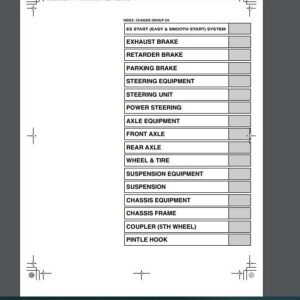

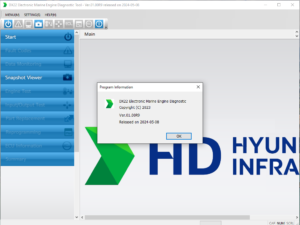


![DOOSAN EDIA TRUCK SUPERVISER 2.4.0.7 [2023.06] is a vital diagnostic software designed for heavy machinery. It provides users with tools for efficient maintenance and monitoring of DOOSAN trucks and equipment. This software simplifies problem identification and performance tracking. It also offers support for remote installations using TeamViewer, making it accessible and user-friendly for operators and technicians.](https://ecmtrucks.com/wp-content/uploads/2024/08/44-1-400x400.png)


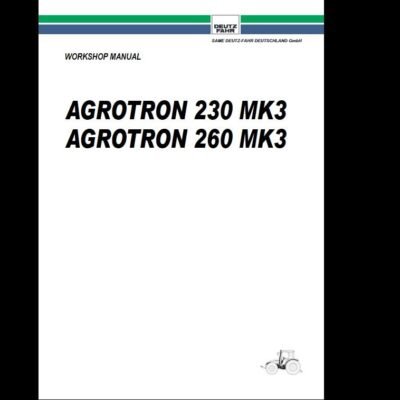
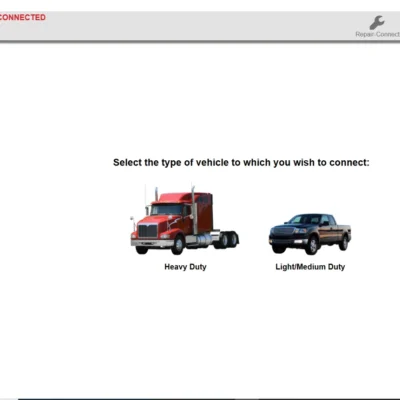
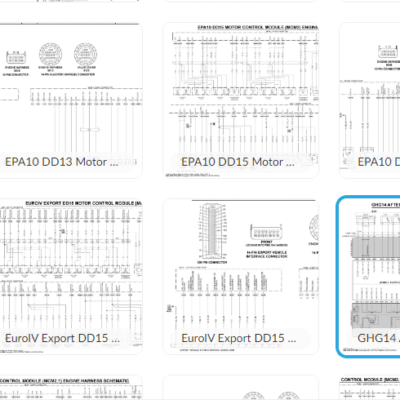




Reviews
Clear filtersThere are no reviews yet.